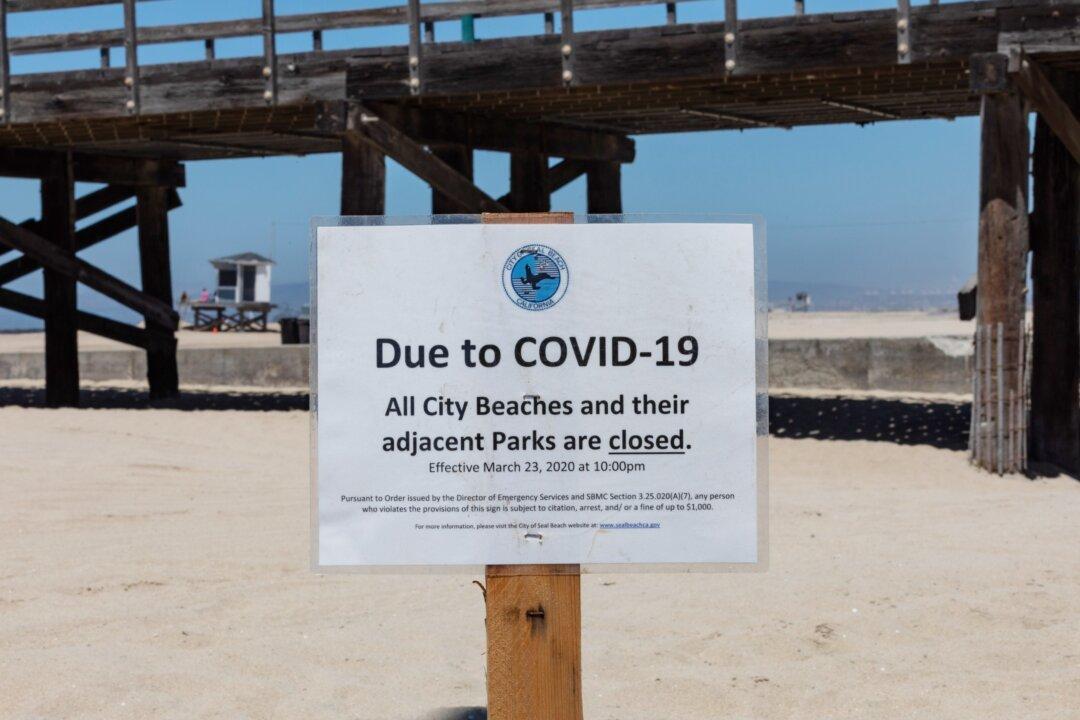Commentary
When does a pandemic end? How does a pandemic end? These were the questions I was asking myself after Megyn Kelly hosted Dr. Monica Gandhi on her podcast last week. As it turns out, sooner or later, we’ll have to admit that our COVID-19 pandemic is morphing into the endemic stage of the disease.





